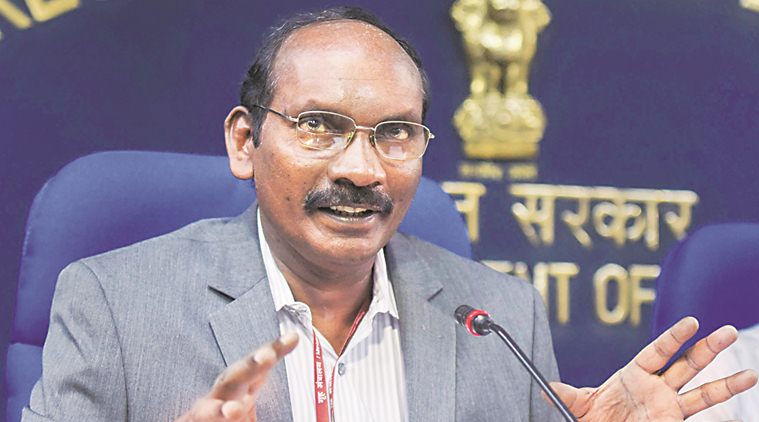
Minutes after India’s second moon mission was launched, ISRO chief K Sivan Monday announced that the country’s most powerful rocket, GSLV MK-III, had successfully placed Chandrayaan 2 in the Earth orbit. Follow LIVE Updates
“I am extremely happy to announce that the GSLV MK-IIIsuccessfully injected Chandrayaan 2 spacecraft into Earth Orbit. It is the beginning of a historic journey of India towards the moon and to land at a place near the South Pole to carry out scientific experiments,” Sivan said.
Crediting the scientists who worked relentlessly over the past week to remove the technical glitch that had stopped the initial launch of Chandrayaan 2 on July 15, Sivan said ISRO had bounced back with flying colours.
“After a major technical snag in the launch vehicle earlier, ISRO has come out with flying colours. Work done in the 24 hours after technical snag was mindboggling. In the following one-and-a-half days, we took corrective measures,” the space agency chief said.
READ | Here’s what A P J Abdul Kalam said on India’s lunar mission
The launch was originally scheduled for the early morning of July 15, but scientists noticed a sudden drop in pressure in a chamber filled with helium gas with about two hours to go. Unable to immediately ascertain the reason, and unwilling to take chances with the prestigious mission, they decided to abort the launch.

Speaking on the Chandrayaan 2 before its launch, Sivan had said Chandrayaan-1 had revealed the presence of water molecules on the Moon and that there were possibilities of the latest mission returning successful scientific experiments.
READ | Chandrayaan-2: Everything you need to know
“It is because of these reasons that Chandrayaan-2 has attracted attention not only from Indian scientists but also global scientists,” Sivan told reporters.
The mission would see the lander and rover modules of the spacecraft make a soft-landing on the moon’s surface 48 days from now, on September 7. Both of them will be ‘alive’ there for 14 days, during which they will carry out various experiments and collect data.